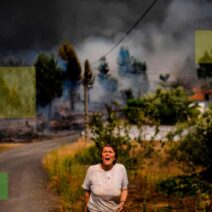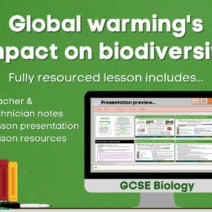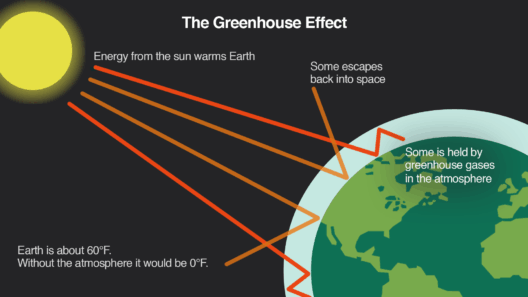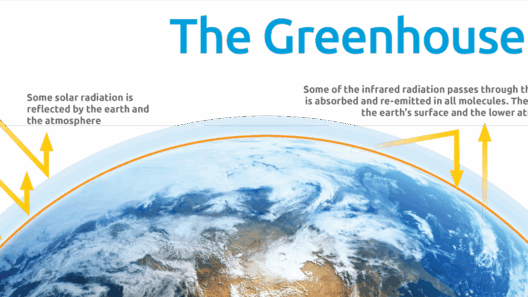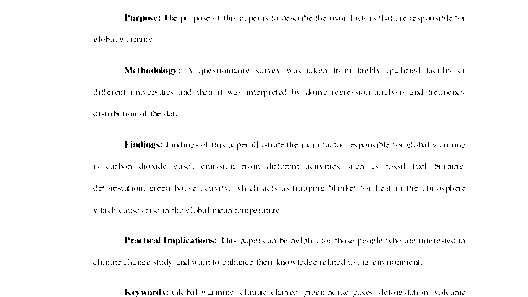When discussing climate change, the discourse often oscillates between empirical data and sensational narratives. This divergence creates a complex environment in which factual scientific information risks being obscured by imaginative interpretations. It is essential to delineate between what is rooted in scientific reality and what exists within the realm of speculation or artistic license.
Climate change is not merely a theoretical construct; it is a pressing existential crisis substantiated by rigorous research and overwhelming empirical evidence. However, its portrayal in various media – from novels to documentaries – can imbue it with a narrative quality that both captivates and misinforms. To embark on a meaningful dialogue, it is necessary to establish a framework for discerning fact from fiction within the multifaceted climate debate.
The Importance of Reliable Data
At the heart of this discourse lies the necessity for credible, peer-reviewed scientific data. Organizations such as the Intergovernmental Panel on Climate Change (IPCC) provide comprehensive assessments, synthesizing thousands of studies to present a cohesive understanding of climate dynamics. These assessments inform us of the mechanisms driving climate change, including greenhouse gas emissions, deforestation, and industrialization. When communicating climate issues, prioritizing data from reputable sources lays the groundwork for an informed discussion.
Moreover, it is vital to recognize that climate science is continuously evolving. New findings may enhance or challenge existing paradigms, underscoring the importance of remaining open to updated knowledge. Disregarding scientific consensus in favor of anecdotal narratives, however compelling, can dilute the urgency and accuracy of climate discussions. Thus, engaging with ongoing research is imperative to foster an informed populace.
Distinction Between Predictive Models and Speculative Fiction
The realm of climate fiction, commonly referred to as “cli-fi,” captivates audiences by envisioning possible futures shaped by climate crises. These narratives, while artistically significant, do not always reflect scientific predictions. Predictive models generated by climate scientists aim to forecast future scenarios based on current atmospheric data, whereas speculative stories often exaggerate certain elements to elicit emotional responses.
Though clumsy, dark humor punctuates many climate narratives, they can unintentionally propagate misconceptions. For instance, while some novels portray dystopian futures resulting from unchecked climate change, the actual implications of climate phenomena are often nuanced and complex. Reductionist narratives can alienate individuals from recognizing the realistic urgency of climate change. Therefore, a balanced approach involving both scientific inquiry and creative expression can cultivate a more robust understanding of climate issues.
The Role of Media in Shaping Perceptions
Media serves as a critical conduit through which climate information is disseminated. It holds immense power in shaping public perceptions and narratives surrounding climate change. However, sensationalism can skew facts, leading to widespread misunderstanding. A classic example is the hyperbolic portrayal of extreme weather events often attributed to climate change without adequate context. While climate change does increase the frequency and severity of these events, direct attribution to specific occurrences can be challenging.
In recognizing the media’s influence, it becomes essential for consumers of information to develop media literacy skills. Scrutinizing sources, seeking diverse perspectives, and cross-referencing information can contribute to a more nuanced understanding. Cultivating a discerning mindset regarding the substance of climate-related news allows individuals to navigate the often tumultuous waters of climate communication with efficacy.
Engaging Communities in Climate Discourse
Community engagement is indispensable in the struggle against climate change. Mobilizing grassroots efforts that merge scientific data with local insights fosters an inclusive atmosphere for discourse. By incorporating individual experiences, communities can create their narratives around climate challenges that resonate on a personal level. Events such as town halls, workshops, and local forums provide invaluable opportunities for dialogue, allowing citizens to voice concerns and actively participate in solution-building.
Furthermore, engagement extends to action-oriented initiatives. Local adaptations, policy-making, and sustainable practices serve to translate climate data into tangible outcomes. When communities unite to address specific challenges, they forge a collective identity centered on resilience and sustainability. Concrete actions not only help mitigate climate impacts but also cultivate a sense of agency – a crucial element in combating climate apathy.
The Intersection of Policy and Public Perception
Policy plays a foundational role in framing climate action. Policymakers often rely on both scientific data and public sentiment to shape legislation. This interplay highlights the importance of a well-informed populace. If citizens are armed with accurate knowledge regarding climate science and the implications of policy decisions, they can enact change at the electoral level. Ultimately, policies addressing climate change should reflect empirical evidence, prioritize environmental justice, and align with community aspirations.
Equitably addressing climate change requires comprehensive frameworks that consider socio-economic disparities. By acknowledging the intersectionality of climate issues, policies can support marginalized communities disproportionately affected by climate impacts. Sustainable solutions, therefore, must be inclusive, emphasizing collective responsibility while empowering local decision-making.
In Conclusion: Navigating the Climate Nexus
As the climate debate intensifies, distinguishing fact from fiction becomes paramount. Acknowledging the role of reliable scientific data, understanding the divergence between predictive models and speculative narratives, and fostering informed public discourse all contribute to a more coherent conversation surrounding climate change. Additionally, engaging communities and promoting equitable policymaking can galvanize action toward sustainable solutions.
In an age where misinformation can proliferate at astonishing rates, the onus falls on individuals to examine information critically and engage with the climate crisis substantively. By bridging the gap between facts and narratives, society can enhance not only its understanding of climate dynamics but also its capacity to combat this pervasive global issue effectively.
